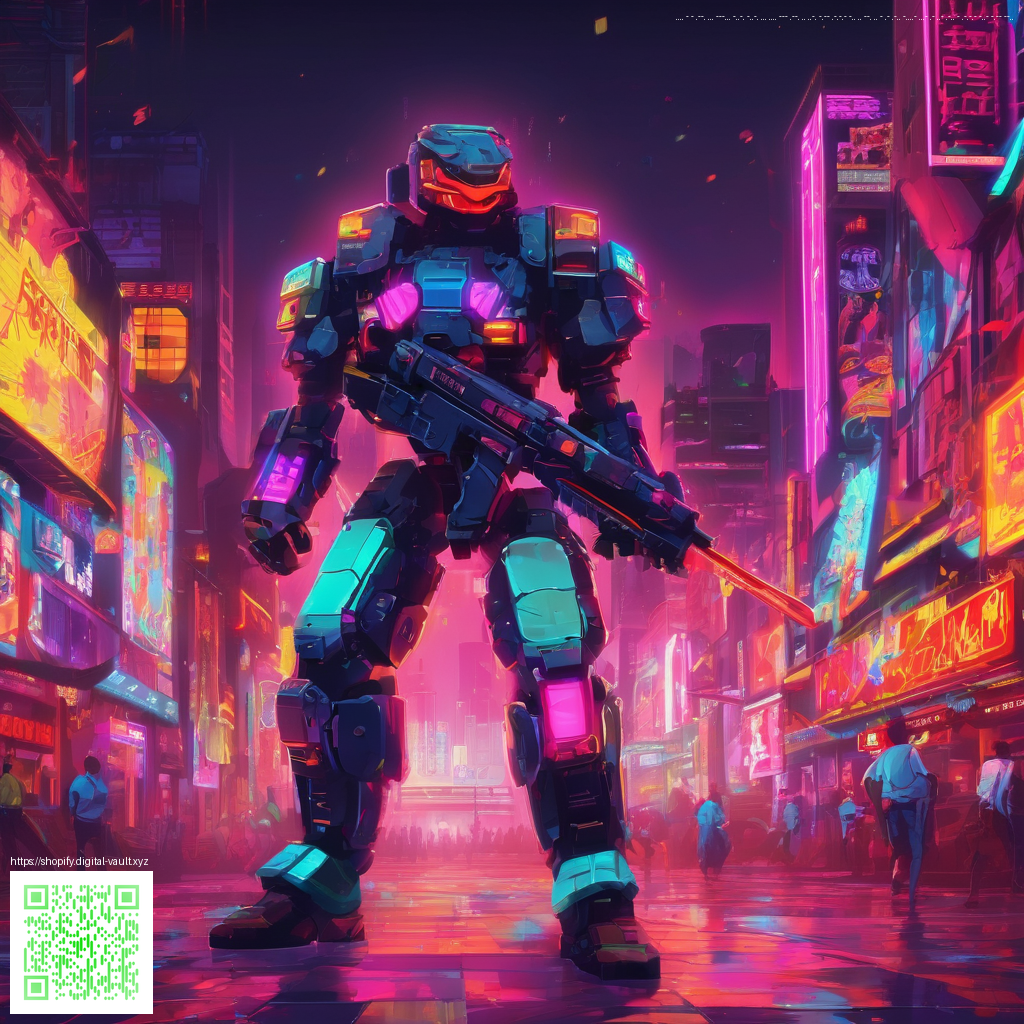
How the Death Stranding Soundtrack Establishes a Ghostly Atmosphere
The music of Death Stranding does more than accompany action. It threads through every silent valley, crowded city street, and rain soaked highway, shaping how players feel the world beneath their boots. The score emerges as a living partner to the game’s open world, guiding pacing and emotion just as surely as the Courier’s boots guide a convoy across treacherous terrain. A collaboration between composer Ludvig Forssell and Kojima Productions creates a sonic language that leans into quiet space, patient tension, and distant memory rather than loud spectacle.
Forssell, a longtime member of the Kojima family, helped sculpt a soundscape that adapts to the player’s rhythm. The approach leans on clean textures and intimate timbres, with world inspired textures that echo the game’s themes of isolation and connection. Community discussions and liner notes from the official score release highlight how Forssell and Kojima worked in dialogue to shape moments that feel both intimate and immense. The result is music that often sounds like the game itself is breathing, with light flourishes that surface just when a player begins to forget the danger lurking in the fog.
Composer intent and designer collaboration
In interviews and retrospective pieces, the development team describes a careful balance between ambiance and narrative drive. Kojima did not want the soundtrack to overwhelm open spaces with generic world music, instead favoring subtle textures that maintain a sense of vastness. This choice foregrounds the landscapes and the game’s signature deliverable routine, letting the soundtrack whisper at the periphery while the player moves. The collaboration with Forssell is often cited as a model of how music can become a storytelling engine rather than a mere backdrop.
When Low Roar contributor textures surface in the score, they do so as a reminder that the world is remote, with human presence distant yet emotionally legible. This approach mirrors the game’s themes of connection despite distance, turning every quiet moment into a potential emotional milestone. The result is a score that rewards patience, inviting players to listen for micro cues rather than chasing loud climaxes.
The team aimed to keep the world open and the listening experience intimate, letting emotion rise from silence as much as from notes.
Gameplay, atmosphere, and audio cues
The soundtrack shapes playability by supplying a tonal compass. When the pace of a delivery increases, the music may nip at the edge of the player’s awareness, heightening tension without shouting for attention. In contrast, quieter stretches rely on restrained ambience that allows players to hear environmental details—wind, rain, distant footsteps—that inform navigation and hazard assessment. This dynamic underlines how audio design can intensify exploration while keeping the core loop of trekking and cargo management central to the experience.
From a community perspective, players frequently discuss how the music makes the world feel alive even during long stretches of traversal. The ambient tones become a texture that guides mood as much as objective markers guide distance. In practice this means the soundtrack doubles as feedback, signaling shifts in environment and narrative weight without breaking the player’s sense of immersion.
Updates, releases, and the soundtrack as collectible art
Multiple outlets and fan communities treat the original score as a collectible experience. An official release, including a 3XLP edition, features liner notes by Forssell and Kojima and presents the music as a standalone art object as well as a game companion. The physical release foregrounds the idea that the score transcends gameplay, inviting listeners to revisit emotional peaks and quiet passages outside of play.
The score’s reception within the broader audio landscape underscores how game music can command a lasting cultural footprint. It also feeds into ongoing updates and conversations about how sound design evolves across series entries and remakes.
Modding culture and player experimentation
On PC platforms and in the broader modding community, players explore how soundtrack choices alter the perception of the game world. Some enterprising creators experiment with alternative audio textures to emphasize different emotional threads or to heighten contrast between quiet moments and perilous sequences. While the core experience remains rooted in the developer’s vision, these explorations highlight a broader trend of audio as a moddable layer and a creative playground for fans.
Fans also remix and sample the score in fan videos and streaming content, further embedding the music into the game’s identity. The enduring appeal lies in how the soundtrack responds to and amplifies player choice, turning each run into a slightly different sonic journey. 🎮
Developer insights and the broader ecosystem
Experts credit a strong alignment between the composer’s craft and the game’s world building. Forssell’s meticulous attention to texture, combined with Kojima’s emphasis on atmospheric realism, yields a score that feels tethered to the landscape while still brushing against the surreal. This synergy helps the game deliver its signature sense of awe and melancholy, making the soundtrack a critical engine of tone rather than a garnish.
As the conversation around sound design matures, Death Stranding stands as a notable example of how music can pace exploration, underscore emotional resonance, and even guide players through narrative gaps through quiet orchestration rather than loud cues. The result is a soundscape that remains memorable long after the screen goes dark. 🕹️
Product recommendation to extend your gear and storytelling immersion: explore a rugged companion for your play sessions with a case built to withstand long days of gaming on the move.
Ready to grab something that keeps your device safe while you dive back into this haunting world? Check out the rugged option linked below.
Rugged Phone Case Polycarbonate TPU iPhone Samsung